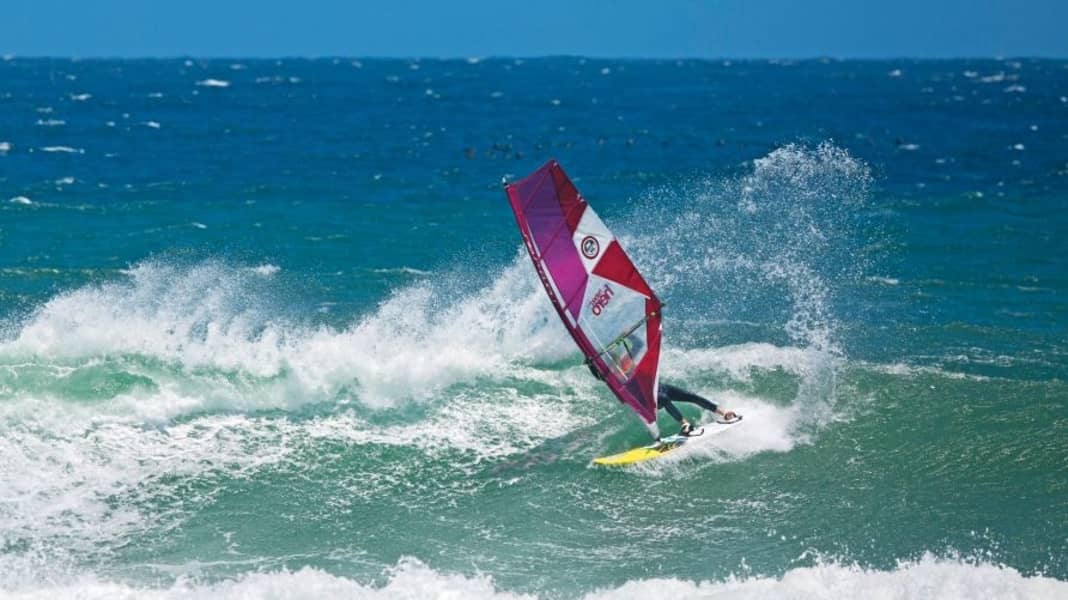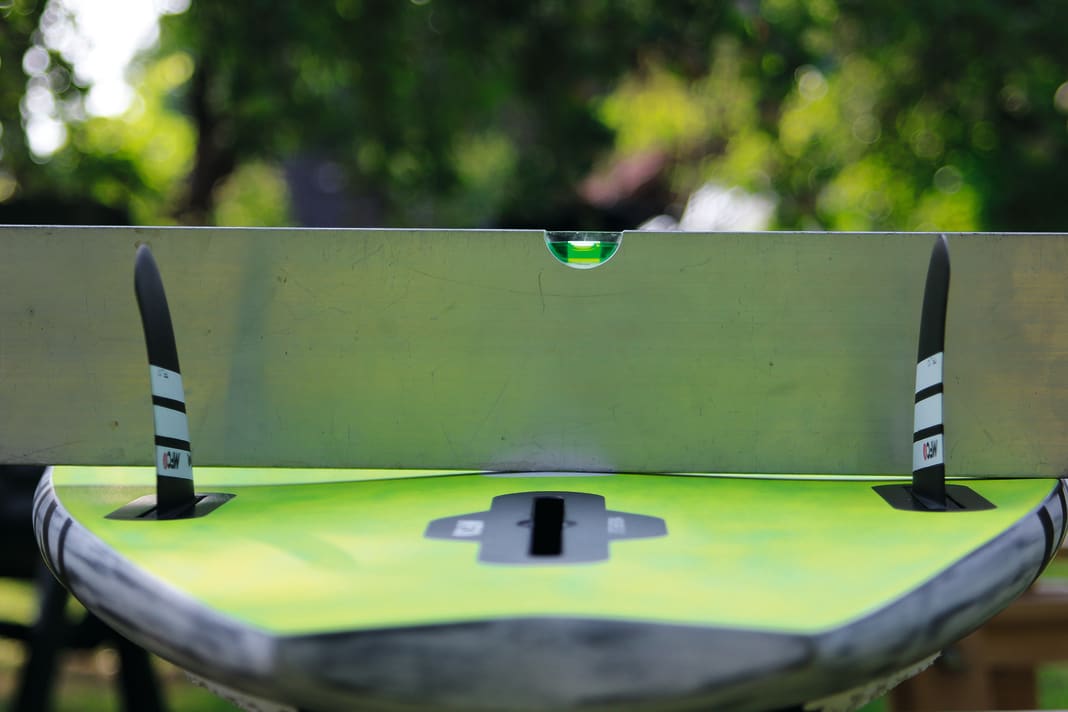
When windsurfing legends such as Robby Naish and Pete Cabrinha rode the first waves off Hawaii on a windsurfing board in the early 80s, it was a sensation. Inspired by surfing, the pioneers built smaller and lighter boards with more rocker in the underwater hull, which improved the turning ability of the boards - waveboards were born! Today, every windsurfing brand often has several types of board on offer for this discipline alone, and we would like to briefly explain the basic differences:
Waveboards are optimised for breaking waves (surf) and are characterised by the following features:






Waveboards are boards that, as the name suggests, are primarily designed for use in surf, i.e. breaking waves. The round underwater hull allows the boards to be turned tighter and more radically than boards in other categories, but also reduces gliding performance and speed. This category is generally the right choice for anyone who regularly surfs in real surf and wants to/can ride waves with both feet in the straps.
The individual differences or advantages and disadvantages of different wave concepts (twinser, thruster, quad) can hardly be generalised, please refer to the surf tests in the magazine or in the online section of surf.
Ideal sail types for this board group:Wave sails (freemoving sails)
